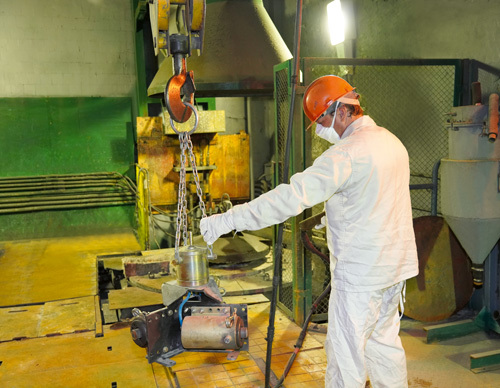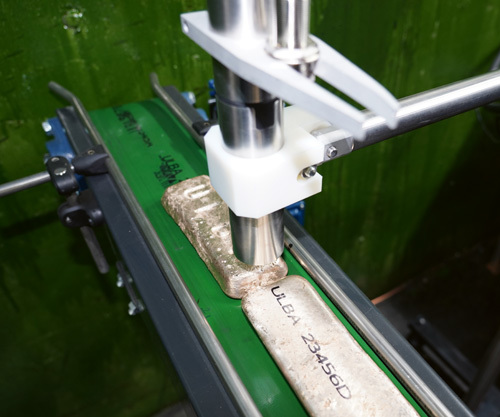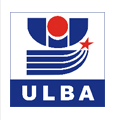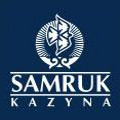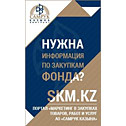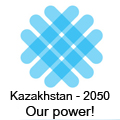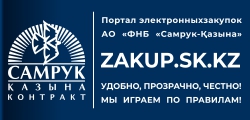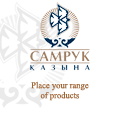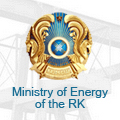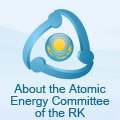Manual Labor – on the Shoulders of Machinery
At Beryllium Operations, a project to modernize equipment and reduce the share of manual labor is in full swing. BO specialists identified areas and directions for automation and mechanization of individual processes. Alexander Sveridenko, Head of Technological Group, Oleg Uteshev, Technologist of Chemical and Metallurgical Department and Alexander Alexandrov, Refractory Man told about this process.
– How has the process of automation changed the job of Chemical-Metallurgical Department?
Alexander Sveridenko:
– Chemical and Metallurgical Department automates the process of marking, sorting and packaging of ingots of synthetic master alloys. Previously, BO operators manually marked each ingot with a batch number stamp. Currently, Linx 5900 ink jet printer and a conveyor belt are installed for applying batch number in automatic mode.
– Do you plan to install new equipment here in future to reduce the share of manual labor?
Alexander Sveridenko:
– To avoid time-consuming process of 3D inspection of each ingot by an operator for defects, the issue of purchasing and installing machine vision for rejection of substandard ingots of master alloys is being worked out.
It is also planned to install a robotic arm for packing master alloys that have been rejected and marked in boxes. The installation will allow to avoid monotonous and heavy manual work of stacking ingots.
Installation of automatic decanter centrifuges will replace the hard work of operators in cleaning filter-press equipment. This technical re-equipment of Yermakovsky Deposit concentrate washing and processing section will increase productivity.
In future, BO will replace outdated equipment with new-generation numerical control machines. Modern equipment will reduce the share of manual labor, manufacture complex parts from structural Beryllium and significantly reduce the time of mechanical processing.
– In early 2020, Beryllium Operations procured vibration equipment. What kind of equipment is this? What is it for?
Oleg Uteshev:
– This is a pneumatic vibrator for bottom packing with replaceable plates for inductors of different diameters and three-head vibrator for filling the walls of a crucible. The equipment is designed for lining furnace with a ceramic filling crucible.
– What is a crucible and where is it used?
Oleg Uteshev:
– Crucible is part of the structure of the master alloy furnace. The design of the furnace has a housing with magnetic cores installed around its circumference. A melting unit consisting of a concreted inductor and a printed crucible is installed in the housing. Various types of master alloys are melted directly in the crucible.
– Tell us a little bit about melting process.
Oleg Uteshev:
– The technological process includes the process of preparing the feed, batch loading of charge materials into the furnace crucible, melting the feed, taking a technological sample to determine chemical composition and draining the melt.
– Alexander Yevgenyevich, how often is vibration equipment being used?
Alexander Alexandrov:
– The resource of a master alloy furnace is 80 melts. The furnace is being repaired approximately once a month. We have three master alloy furnaces, which means that we use vibration equipment three times a month.
– What material is the lining made of? How much does it weigh?
Alexander Alexandrov:
– It is made of refractory materials. The weight of this lining directly depends on the size of the furnace, the larger the furnace, the more refractory material is consumed, from 700 to 1,000 kg.
– How long does the furnace lining take, and what is the process?
Alexander Alexandrov:
– It takes one shift. When the furnace fails, we take it apart, sort it out. The lining is neutralized and disposed. Then, we repair the furnace and assemble it back together. This process is not fast. Lining is one of the main elements in the construction of a master alloy furnace. First, we fill the bottom with fire-resistant material. Then, we put a vibrator on the bottom for bottom stuffing. It is designed to achieve maximum density of the bottom lining. Then, metal template is placed on the bottom. After that, the walls are stuffed with the material. A three-head vibrator is lowered into the template on the tap, and air is also added to it. It rotates around its axis. Ramming of the refractory is performed by air cylinder strikers which strike the metal template with a given frequency until the desired density of the refractory material is obtained. When vibration equipment is working, the shop is very noisy, but we are safe with PPE– ear muffs.
– Alexander Yevgenyevich, how much easier is it for you to work with the new equipment?
Alexander Alexandrov:
– When using new vibration equipment, the lining time was significantly reduced. The quality of fire-resistant packing has also improved compared to manual method that we have been using for a long time. We also raise and lower vibration equipment using a lifting mechanism. It is convenient, easy and safe. For 20 years of work on Beryllium Operations, a lot of manual labor was replaced by machines. It has become much easier for us to work.
Press Office
